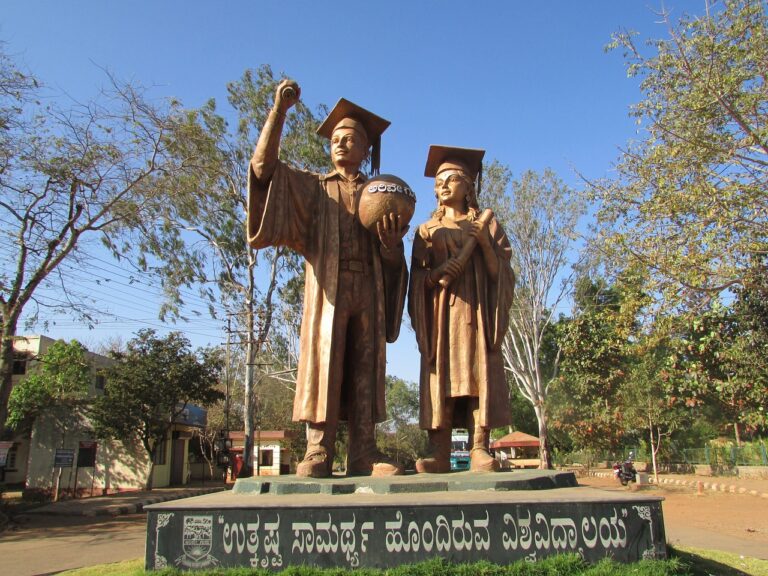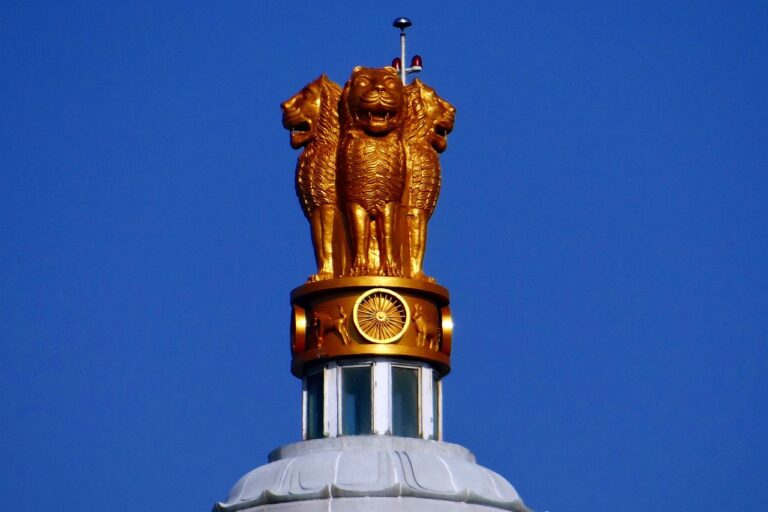The Effect of Redistricting on Electoral Outcomes
Redistricting is the process of redrawing electoral boundaries to reflect changes in population distribution. This is primarily done after the decennial census to ensure equal representation for all citizens. The goal of redistricting is to maintain fairness and accuracy in political representation by adjusting boundaries to accommodate demographic shifts.
Historical Context of Redistricting
Redistricting has been a vital aspect of the political landscape for centuries, with its roots tracing back to the early days of American democracy. The practice of redrawing electoral boundaries has evolved significantly over time, reflecting changes in population, demographics, and political dynamics. In the United States, the process of redistricting has been deeply intertwined with debates over power, representation, and fairness.
Historically, redistricting has been a tool used by political parties to gain a strategic advantage in elections. Throughout American history, there have been numerous instances where redistricting has been manipulated to benefit one party over another, a practice commonly referred to as gerrymandering. These efforts to redraw district lines in favor of a particular party have often sparked controversy and led to legal challenges, highlighting the contentious nature of the redistricting process.
Impact of Redistricting on Political Representation
Redistricting plays a crucial role in shaping the landscape of political representation within a given jurisdiction. By redrawing electoral boundaries, policymakers have the power to influence which communities are grouped together to form districts. This has significant consequences for the distribution of political power and the ability of different groups to elect representatives that reflect their preferences and interests. In some cases, redistricting can be used to dilute the voting strength of certain populations or consolidate political power in the hands of a specific party.
Moreover, the process of redistricting can have a substantial impact on the diversity of representation in government. The way districts are drawn can either promote or hinder the election of candidates from underrepresented communities, such as racial or ethnic minorities. By strategically manipulating district boundaries, incumbents or political parties can either enhance or suppress the likelihood of diverse candidates being elected to office. This underscores the importance of ensuring that redistricting processes are transparent, fair, and equitable to uphold the principles of democratic governance and inclusive political representation.





